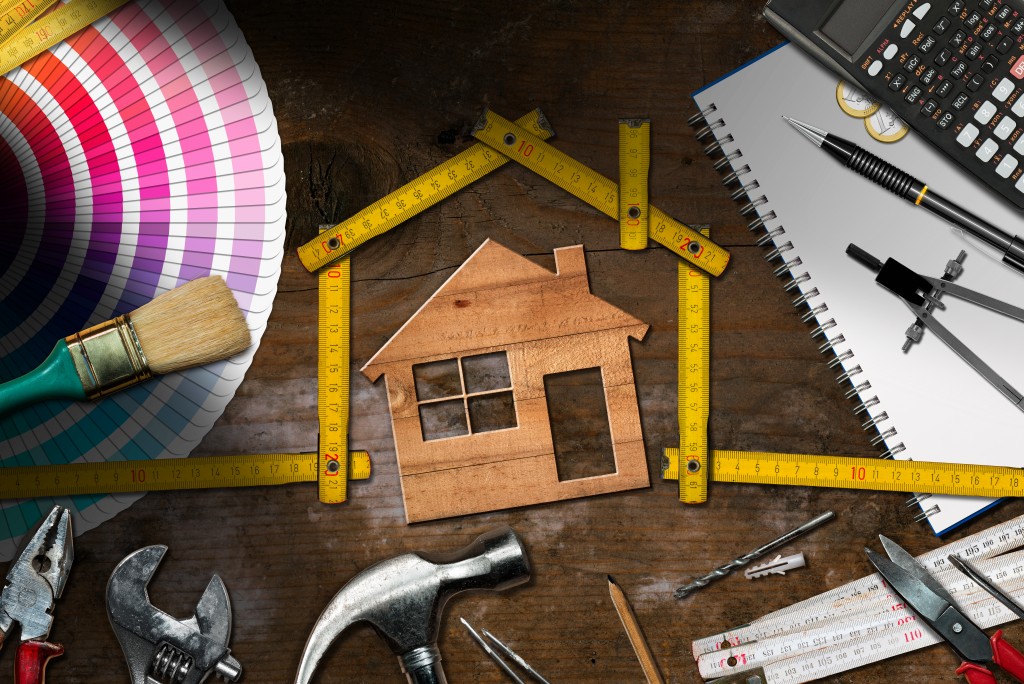As we enter the era of “new normal,” many of us have adopted a new lifestyle to keep up with the rest of the world—notably, the work-from-home setup.
Although remote work is usually referred to as more flexible work, it has disrupted the balance between personal and professional life. In a recent report, 67% of Americans confirmed that the expectation for most employees to have flexible working hours has increased.
Thus, most people are doing their best to create a much more conducive and healthier space to focus on what needs to be done and, at the same time, balance their interpolating lives. Here are some tips for creating a home office for better productivity:
1. Find your spot
Finding the best room or space in your home can be difficult, especially if you have kids. Thus, having a designated place for you to do your work is vital. Having a room where you have the option to close its doors is recommended, as this will serve as a signal to the people you live with that you are in the zone and should not be bothered. It could be a spare room, a basement, the attic, or even the guest room you aren’t using. Having space for privacy where you can start and end your day is crucial, as this will help your brain separate and recognize the place for play, relaxation, and work.
2. Choose the right color
Colors affect almost everything in our day-to-day lives. From our energy, emotions, and even our appetite, choosing the right color plays a significant role in how we see the world and ourselves. In terms of productivity, there’s not much of a difference. Studies have shown that specific colors can affect our work performance. For example, green and blue can reduce stress and anxiety and lower blood pressure and rates.
On the other hand, yellow and orange give you warmth and cheer you up. However, be careful of how dark and bright the colors will be, as they could give you a different effect. Thus, finding the right balance for your office is necessary. You can use these colors to paint your home office walls or incorporate them into your chairs, desks, and shelves.
3. Ventilation

A 2006 research found that indoor temperature dramatically affects one’s productivity at work. Thus, having good ventilation for air to circulate is essential for your home office. If possible, open your windows and let the cool, fresh air come in. However, if the outside noise bothers you, turning your HVAC system can also come in handy.
Ensure that the airflow is not recirculating, as this creates a massive impact on the transmission of the coronavirus. Consulting with a company that specializes in air conditioning will help you solve this issue.
4. Light it up
While we should not take natural light for granted, experimenting and using different lighting types is just as important, especially if you work on a graveyard shift. To avoid eye pressure and headaches, make sure your workspace has plenty of light. Place a small lamp on the work desk for lighting fixtures and put the computer display away from any light interference from a window or any source of light behind you. This would create glare, which could further distract you from your task. Light also casts shadows that could be distracting and annoying, especially if you are typing, sketching, or writing something. Therefore, positioning your source of light should be carefully planned out.
5. Home office furniture
A home office will not be complete without furniture to help you have a conducive workspace and continuous workflow. Finding a suitable desk and chair adds to the overall visual aesthetics of the place and helps you with your overall productivity. Ensure that your desk and chair are adequately angled to avoid strains on your back, shoulder, and neck. Having stackable work boxes or cabinets can also come in handy, especially in decluttering your space. Having your documents and other crucial work-related equipment compiled and cleaned will make it easier for you to locate them. Additionally, a clean desk helps you clear your mind and categorize what needs to be done and prioritized. To better visualize and keep track of your goals, deadlines, and reminders, it’s also an excellent point to add a corkboard or noticeboard in your home office.
These times are hard, but that doesn’t make us completely immobilized. We can learn from our ancestors that no matter the situation and no matter how time changes everything, we can continue to adapt to our circumstances. As the world sees an increasing number of work-from-home setups, we also think of ways to survive and thrive.
